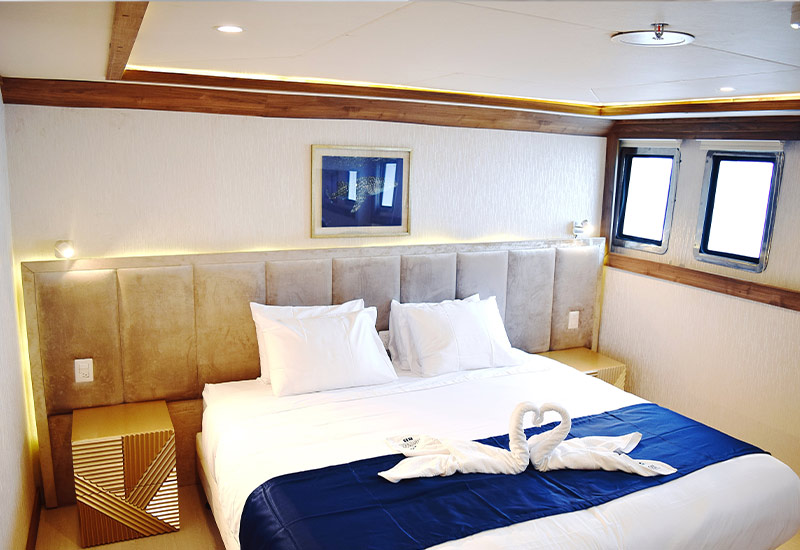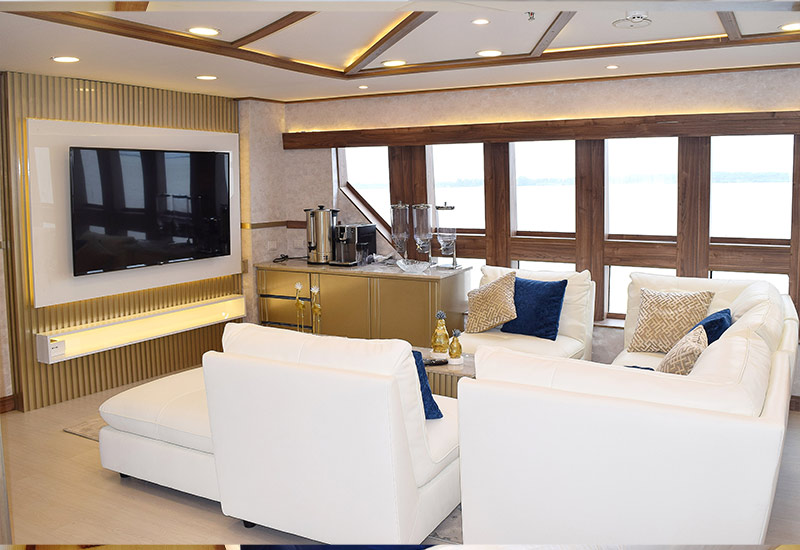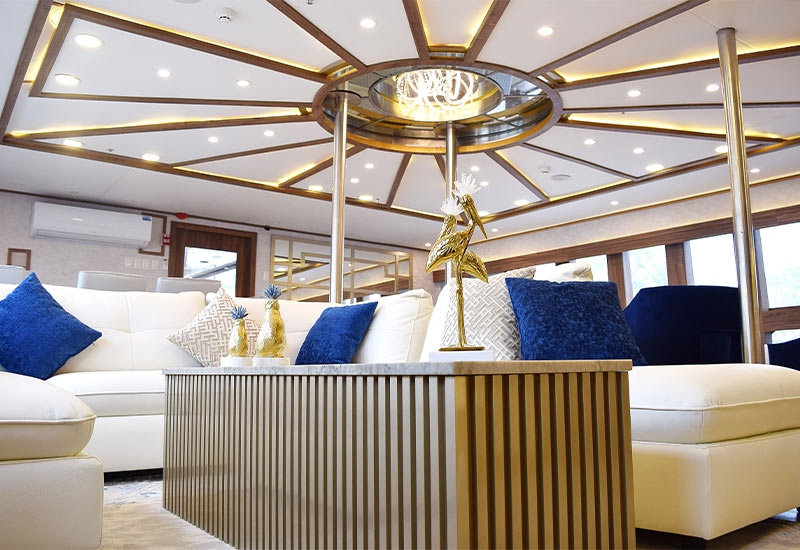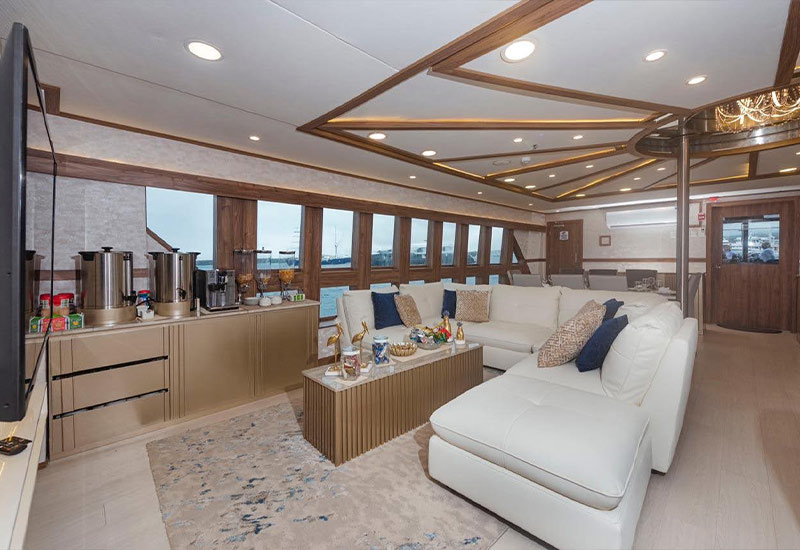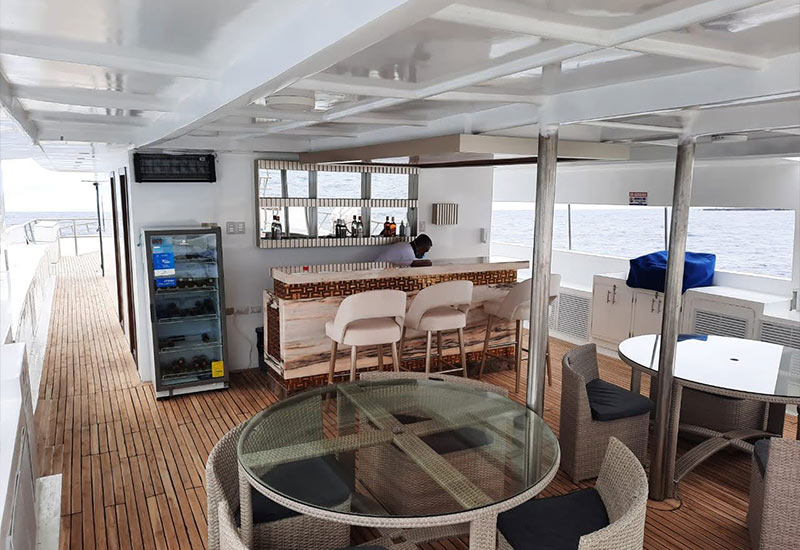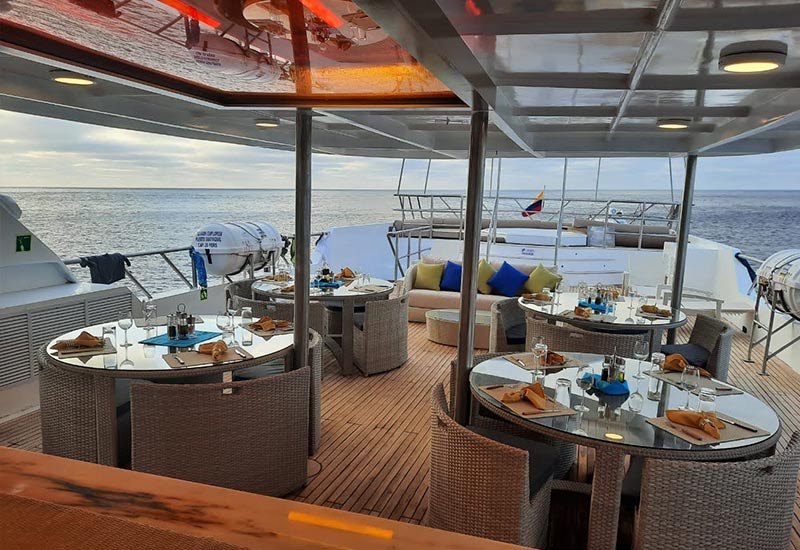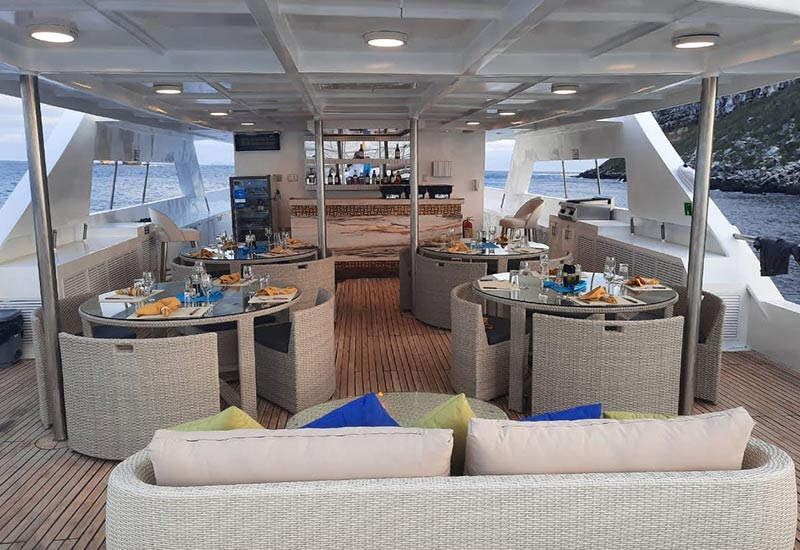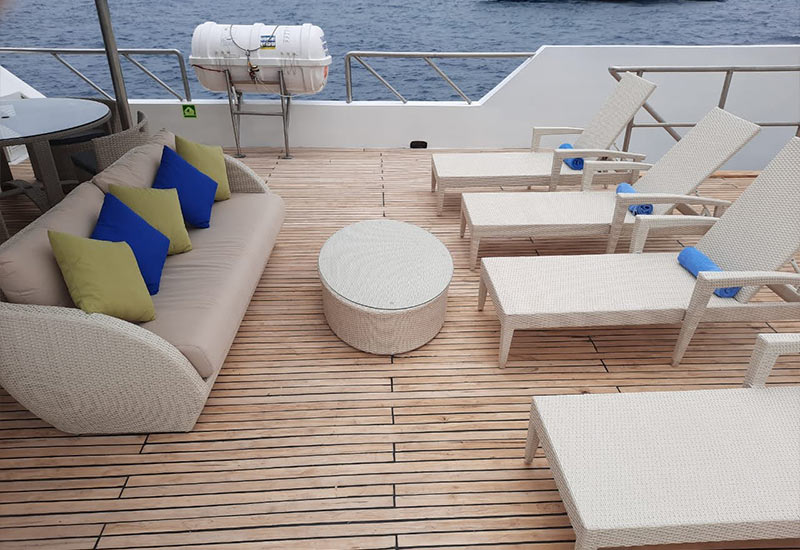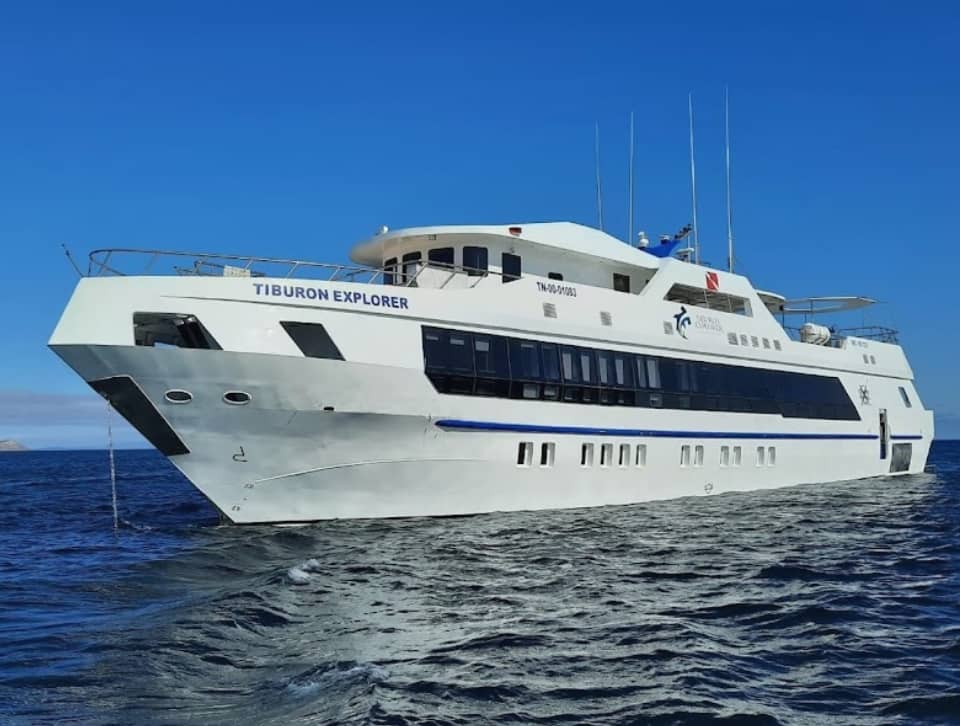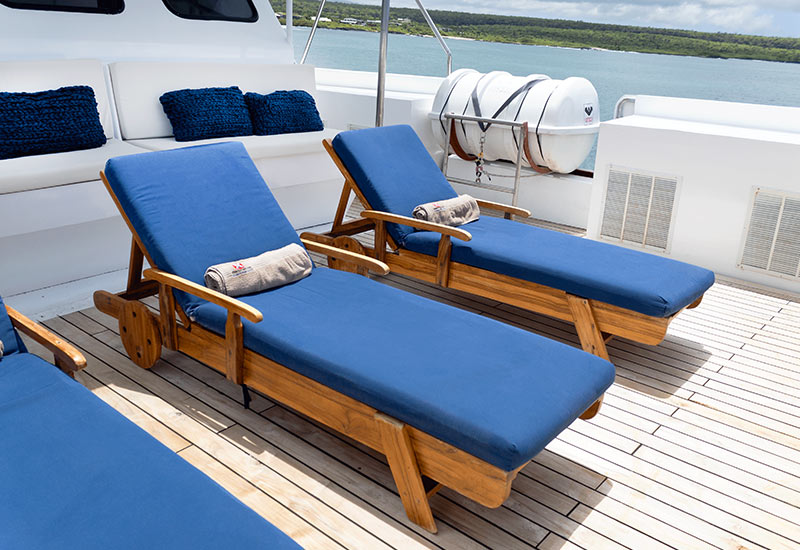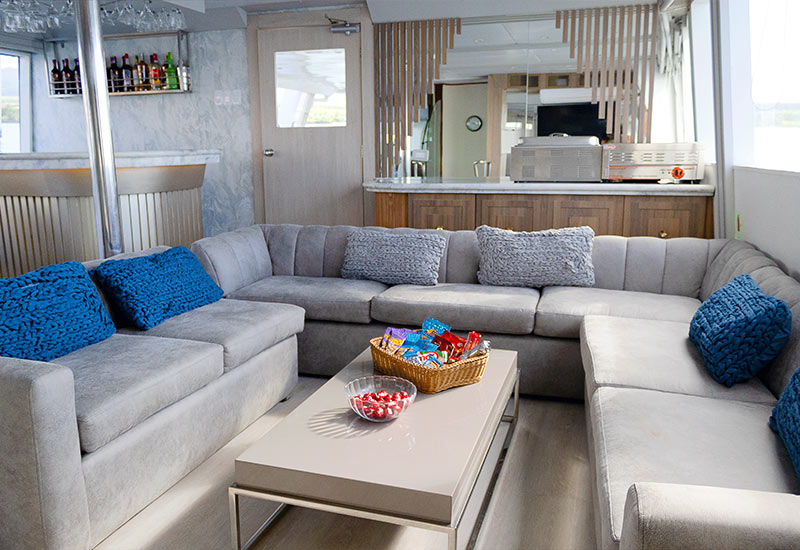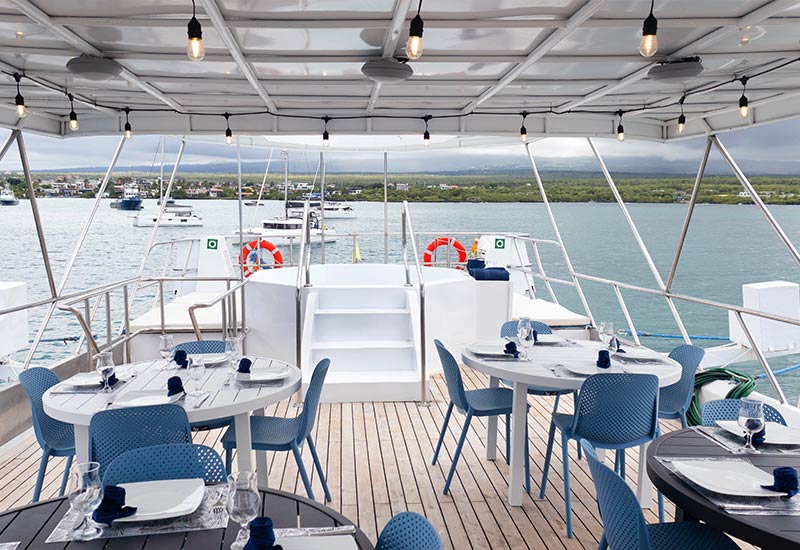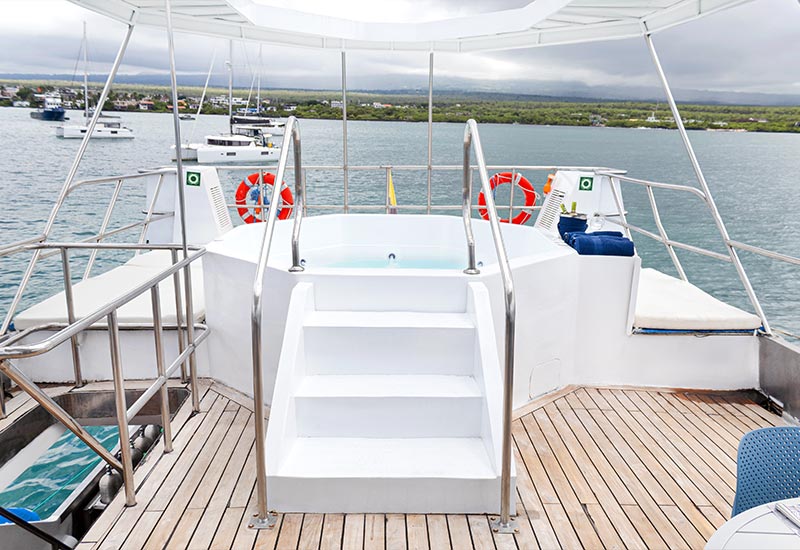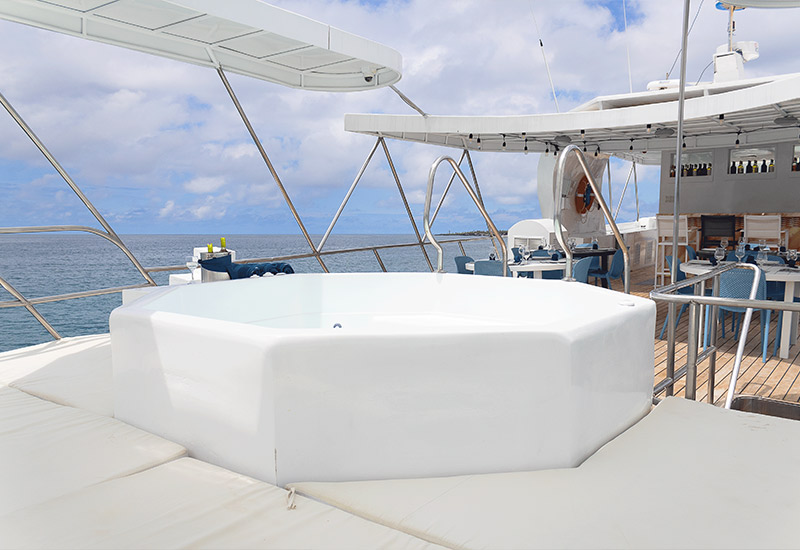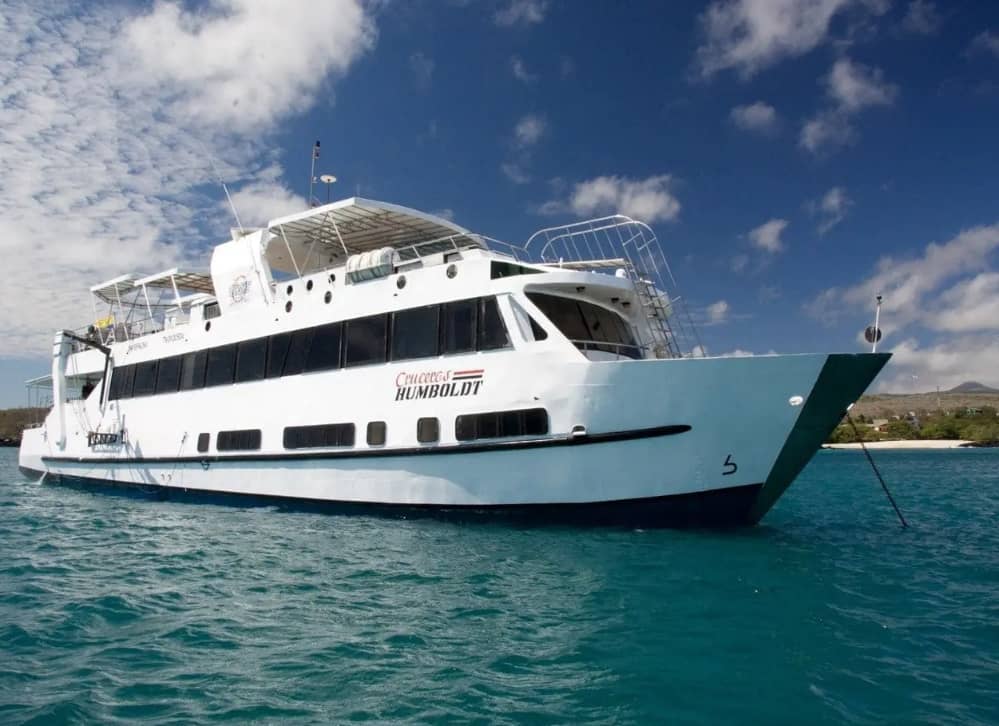The beauty of liveaboard diving is that you can access remote areas, beyond the reach of land-based operations. At its best, this means diving in places far from human contact where marine life is diverse and plentiful. Nowhere is the world is this more evident than when you set foot on a Galapagos Islands liveaboard and set off for a cruise around this legendary archipelago.
Those that find themselves in this fortunate position tend to be experienced divers who have been to various destinations and dived in a range of conditions. To such divers, Galapagos liveaboards are something of a Holy Grail, a destination they knew they would get to ‘one day’ and they finally made it happen. It certainly is not a beginner diver destination since the diving conditions require a certain level of experience and composure in the water. When those elements are present, diving in the Galapagos Islands can be mind-blowing.
Each adventure below the waves promises extraordinary sightings. Commonly you will come back from the Galapagos with underwater memories of schools of hammerhead sharks, pods of dolphins, manta rays, sea lions, penguins and marine iguanas. The excited post-dive chatter in the Galapagos Islands is like nowhere else.
As if this was not enough, you will also undertake one or two educational land tours. You will likely learn more about the local ecosystems and the role that the archipelago’s rich wildlife played in affirming Darwin’s revolutionary studies of evolution by natural selection. In all, Galapagos diving cruises are a privilege for any lover of nature and will live forever in the memory of those lucky enough to have made a trip happen.
These 2 islands in the north-west of the archipelago are the undoubted stars of the show. You will do more dives here than anywhere else since they form the back-bone of any meaningful Galapagos liveaboard dive itinerary. The journey is too far to make them accessible as sites for a land-based operator.
Choppy seas, current and surge are all common is this area. However, the marine sightings are such that these discomforts can easily be forgiven. Whether as drift dives or dives spent observing the action in sheltered spots, in these areas hammerheads, Galapagos sharks, eagle rays, dolphins, whale sharks and more are common. These are also the warmest waters in the archipelago so the reef fish and corals (albeit limited) are more tropical than further south.
While there are other areas of the Galapagos where you will have exciting underwater encounters, the days spent diving Wolf and Darwin will probably dominate your most cherished memories.

The story of the Galapagos is not all about Wolf and Darwin. Other areas will likely play an important role in your diving experience here. While you may do a check-out dive in the San Cristobal area, most of your other dives will take place in the central region of the archipelago. The most sought-after dive sites in this region are around the north of the island of Isabela, where sites like Roca Redonda and Cabo Marshall are found. There is also the unforgettable Punta Vincente Roca, which is like suddenly diving in a different country. You will also likely dive in the highly photogenic Cousin’s Rock near Santa Cruz.
Here the water is always cooler than in the far north, so there are fewer warm water species. Punta Vincente Roca is always the coolest site in more ways than one. Chilly temperatures combine with amazing sightings including sunfish, Galapagos horn sharks, penguins and red-lipped batfish, making it an undoubted highlight. You can expect amazing encounters with rays (manta rays, mobula rays, cow nose rays) at Cabo Marshall. Throughout the central region there are opportunities for diving with hammerhead sharks, Galapagos sharks and turtles, as well as sea lions and, occasionally, fur seals.
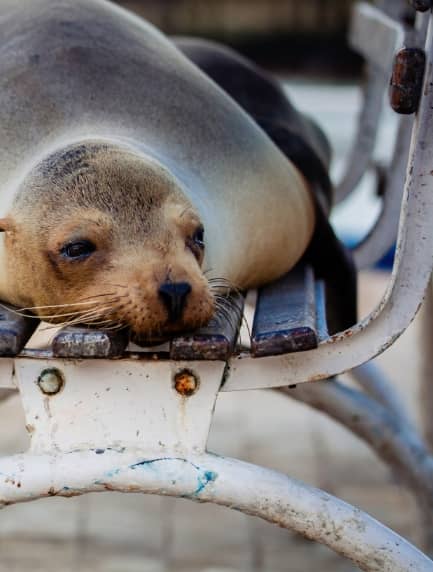
The Galapagos Islands experience equatorial weather with a wet and dry season. Wet season, from approximately January to June, is when you can experience more frequent showers, often with sunny spells either side of the brief but impressive showers. Water temperatures tend to hover in the range of 20 – 28°C during this time. This can be the period with warmer water, calmer seas and better experiences with hammerhead sharks and manta rays.
Dry season, roughly from July to December, obviously has less rain but also tends to be cooler and the water temperature is lower, usually between 16 – 23°C. This is whale shark season and tends to be the most popular period to visit, despite the occasional discomfort.
Of course this is not an exact science and you are advised to bring exposure suits and equipment on Ecuador liveaboards to cover the wide range of temperatures you will experience.
Complete the form to request an inquierement
